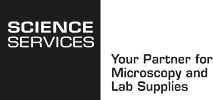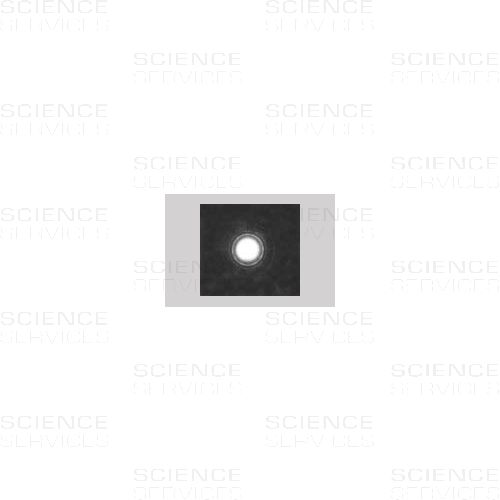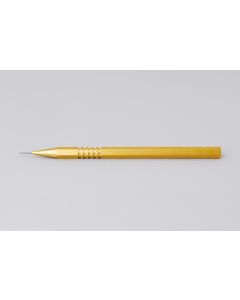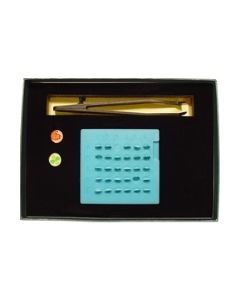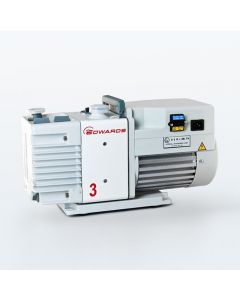Diffraction Standards, evaporated Thallous Chloride on TEM grid, each
E80045
Product Details
Description
Diffraction Standard Evaporated Thallium Chloride on 3mm Grid
The nominal value of the effective camera length of an EM operating in the selected area mode is not sufficiently accurate for calculations of lattice spacing. The actual value of camera length must be calibrated at the same accelerating voltage and objective lens setting by reference to a known substance with well-defined diffraction spacings. Normal specimens are evaporated films of Aluminum or Thallous Chloride. Very small crystallite size yields ring patterns suitable for calibration.
In order to use a standard in electron diffraction properly, several conditions are necessary:
- After obtaining the pattern of an unknown, it is necessary to expose the known standard to the same electrical and magnetic conditions, specifically the same lens current or high voltage.
- The specimen must be in the same position as the unknown had been. Small movements of the stage are permissible in order to obtain a clearer pattern of the standard.
After developing the diffraction plates, the standard is measured first. The indices are assigned per the attached ASTM “d” spacings. After assigning the spacings, calculate “K” using the formula K = Sd; where “K” is a constant that represents wave length of the beam, camera length and associated variable crystallographic data, “S” is the diameter of the ring in centimeters and “d” is the interplanar spacing in angstroms. The values for “K” for the first five lines should be within 1% of each other. Use the mean value of “K”.
Next, the pattern of the unknown is measured, and using “K”, determined from the standard, the “d” spacings of the unknown are calculated. It is then necessary to establish identity of the unknown from the ASTM published data.
More Information
| Application |
TEM
|
|---|---|
| Type |
Diffraction Standards
|
| Packing Unit | each |
| Shipping Class |
Standard
|
